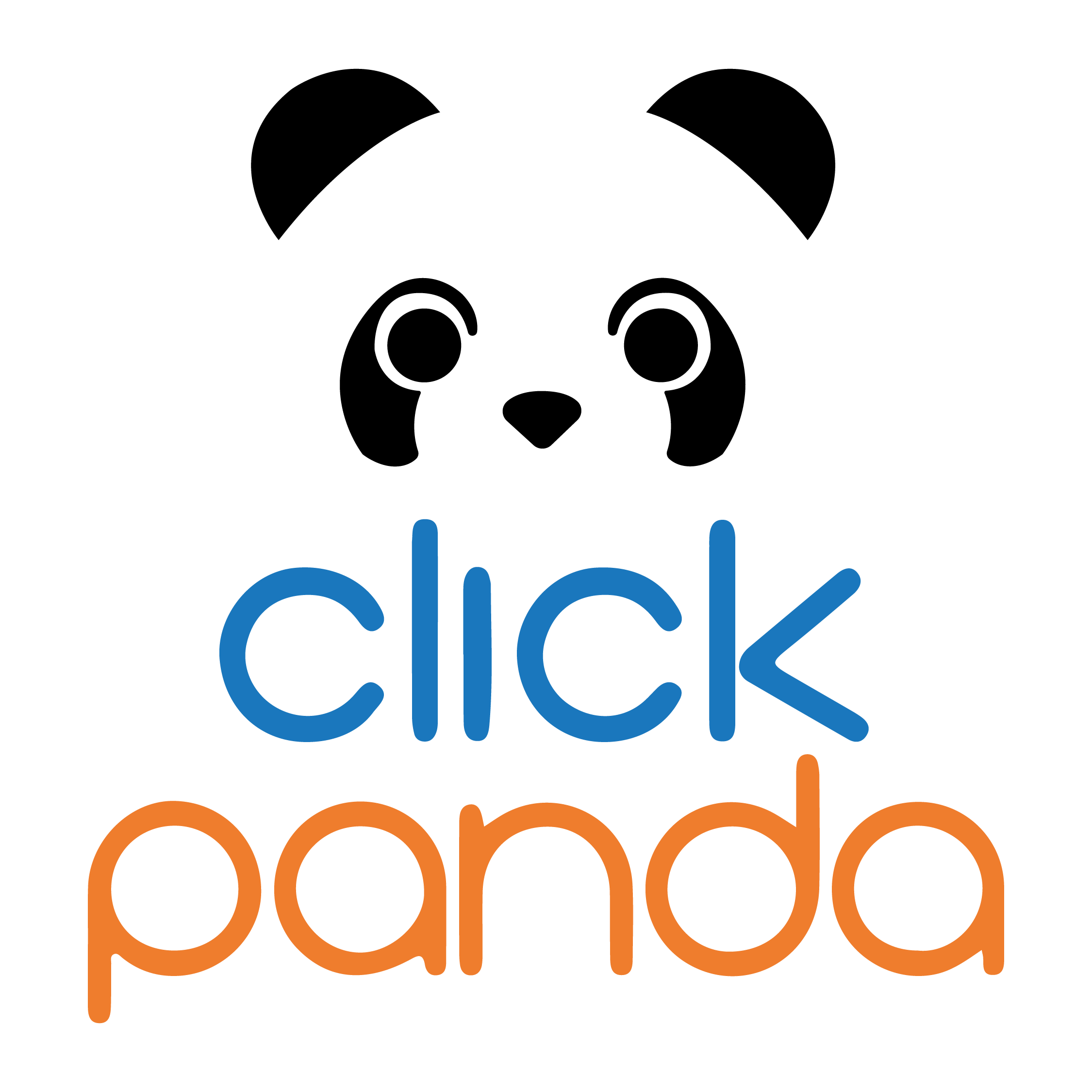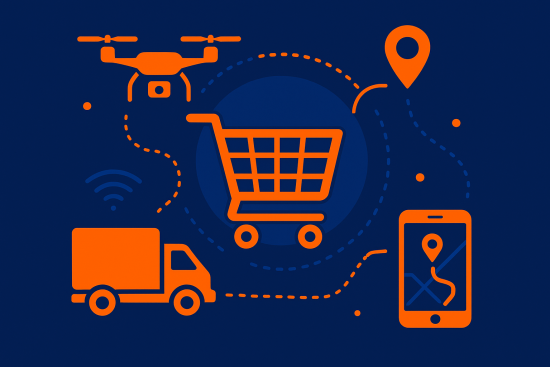
Have you ever wanted to create your own website from scratch? While there are many website building tools available online, learning how to develop web pages manually is a valuable skill that gives you full control over the design and functionality of your site. We want you to learn the essential features so you can begin your journey into the world of web development.
Basic HTML
Let's start with the basics, HTML (HyperText Markup Language) is the markup language used to structure the content of a web page. You can think of it as the skeleton of your site. Here is an example of a basic HTML web page:
<!DOCTYPE html>
<html>
<head>
<title>My Web Page</title>
</head>
<body>
<h1>Welcome to my website</h1>
<p>This is a simple website.</p>
</body>
</html>In this example, <html>, <head>, y <body> are HTML tags that structure the content and define the title of the page. The HTML code is placed inside a file with ".html" extension.
Add styling with CSS
While HTML sets the structure of your page, CSS (Cascading Style Sheets) takes care of the visual aspect, it is a graphic design language, you can define colors, fonts, margins and more with CSS. Here's how you can link a CSS style sheet to your HTML page:
<!DOCTYPE html>
<html>
<head>
<title>My Web Page</title>
<link rel="stylesheet" type="text/css" href="estilos.css">
</head>
<body>
<h1>Welcome to my website</h1>
<p>This is a simple website.</p>
</body>
</html>The "styles.css" file is where you define your CSS style rules. You must create this file and make sure it is in the same location as your HTML file.
Add interactivity with JavaScript
To make your site more interactive, you can use JavaScript. For example, you can add a button that displays a message when clicked:
.JavaScript allows you to create more advanced functionalities, such as contact forms or scrolling effects.
The JavaScript code is placed inside the <script>either in the header (<head>) or at the end of the body (<body>) of your HTML page.
Backend and Databases
If you are looking for more advanced functionalities, such as interaction with a database or user management, you will need to learn a server-side programming language, such as PHP, Python o Node.jsand use a database such as MySQL o MongoDB. This allows you to create dynamic and complex web applications.
It is important to mention that HTML, CSS and JavaScript codes are placed in separate files and linked into the HTML as shown in the examples above. In addition, server-side code (such as PHP or Python) is executed on a web server and is used to manage the logic behind the web pages and the interaction with databases.
Developing web pages manually gives you complete control over your online project. From basic structure to advanced interactivity, there are many layers to explore in the world of web development. Start your journey today and create your own unique online space!
Do you have any questions or need more information about manual web development? Visit our blog with valuable information, learn about our plans at ClickPandaContact us to get the necessary advice.






